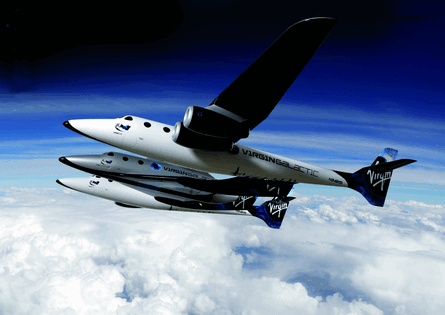Development of personal spaceflight safety oversight should be part of a United Nations process separate from existing international aviation organisations, according to a regulatory model being promoted by the US Federal Aviation Administration.
This year the FAA has discussed the matter with the UK's British National Space Centre, the Swedish Space Corporation (SSC), Sweden National Space Board and Singapore's Economic Development Board. Under the outer space treaties the UK will bear some responsibility for the Anglo-American company Virgin Galactic's operations anywhere in the world. The SSC's Spaceport Sweden wants Virgin Galactic to operate there early in the next decade and Singapore was identified as a possible spaceport for Space Adventures' proposed suborbital project.
 |
|---|
© Virgin Galactic |
The FAA's John Sloan presented the work to date at a 29 October meeting of the organisation's office of commercial space transportation's advisory committee. His presentation says: "It is too early for international safety standards on human space flight. Too early for an "International Civil Aviation Organisation for space". We recommend bringing the international issues into the United Nations process."
The FAA views this international approach as a basis for suborbital point-to-point transport, while the ICAO for space proposal it rejects would see a new commercial spaceflight department for the aviation regulatory body. This year the FAA has helped form a new International Astronautical Federation commercial spaceflight safety committee. It has a tri-chair that consists of the FAA, Virgin Galactic and the SSC.
The UK has already undertaken a personal spaceflight-related launch licensing study and its recommendations broadly endorse aspects of the FAA approach including that space tourists participate at their own risk.
However, preliminary work for the European Aviation Safety Administration has concluded that certification is required for what it calls suborbital aircraft. These are vehicles that use aerodynamic lift for part of their flight. UK civil aviation is governed by EASA rules.
Source: Flight International



















